After a lengthy judging process, Laura Pannack has selected 18-year-old James Greenhalgh as the winner of a competition to shadow her as she shoots Separation, a series of portraits commissioned by British Journal of Photography and generously supported by Affinity Photo for iPad. Separation explores the angst and myriad emotions experienced by London-based couples who, as a result of Brexit, have been forced to contemplate separation.
Greenhalgh will accompany Pannack during the three-day shoot, taking place at Street Studios in east London. “I’m really excited to see Laura’s creative process and how she works with her subjects,” he says. “How does she approach the models? What questions does she ask? I hope I can bring what I learn from the Separation shoot to my own work.”
As well as the paid shadowing experience, Greenhalgh wins an in-depth portfolio review with Pannack and an iPad Pro preloaded with Affinity, the only fully functioning photo editing software available for iPad.
Greenhalgh is currently in his first year of studying Photography at London College of Communication. It was his A-Level project, Tungsten, however that caught Pannack’s eye. A series of portraits of teenage boys, Tungsten seeks to break down the mask of masculinity and show the beauty and sensitivities that lie behind.
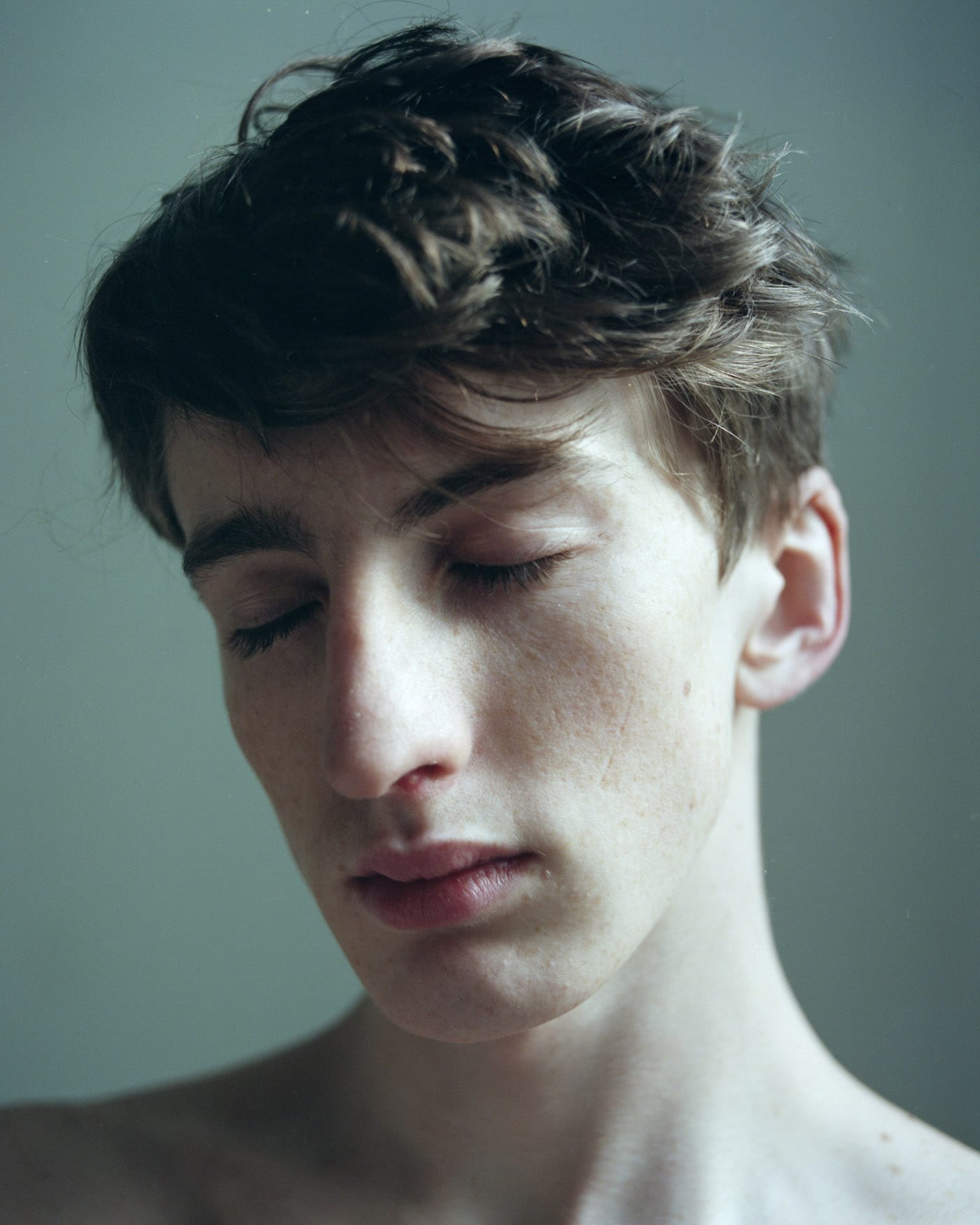
“All of the entries were overwhelmingly strong,” says Pannack. “I was so torn but James’s work really captured my attention. His approach is incredibly inspirational, mature and natural. Most of all, I was drawn to how experimental he is with light and technique. I’m excited to work with him!” Runners up to the competition were Izzy de Wattripont and Anya Broido.
Below, Greenhalgh discusses his accidental route into photography, what draws him to portraiture and how he builds trust with his subjects.
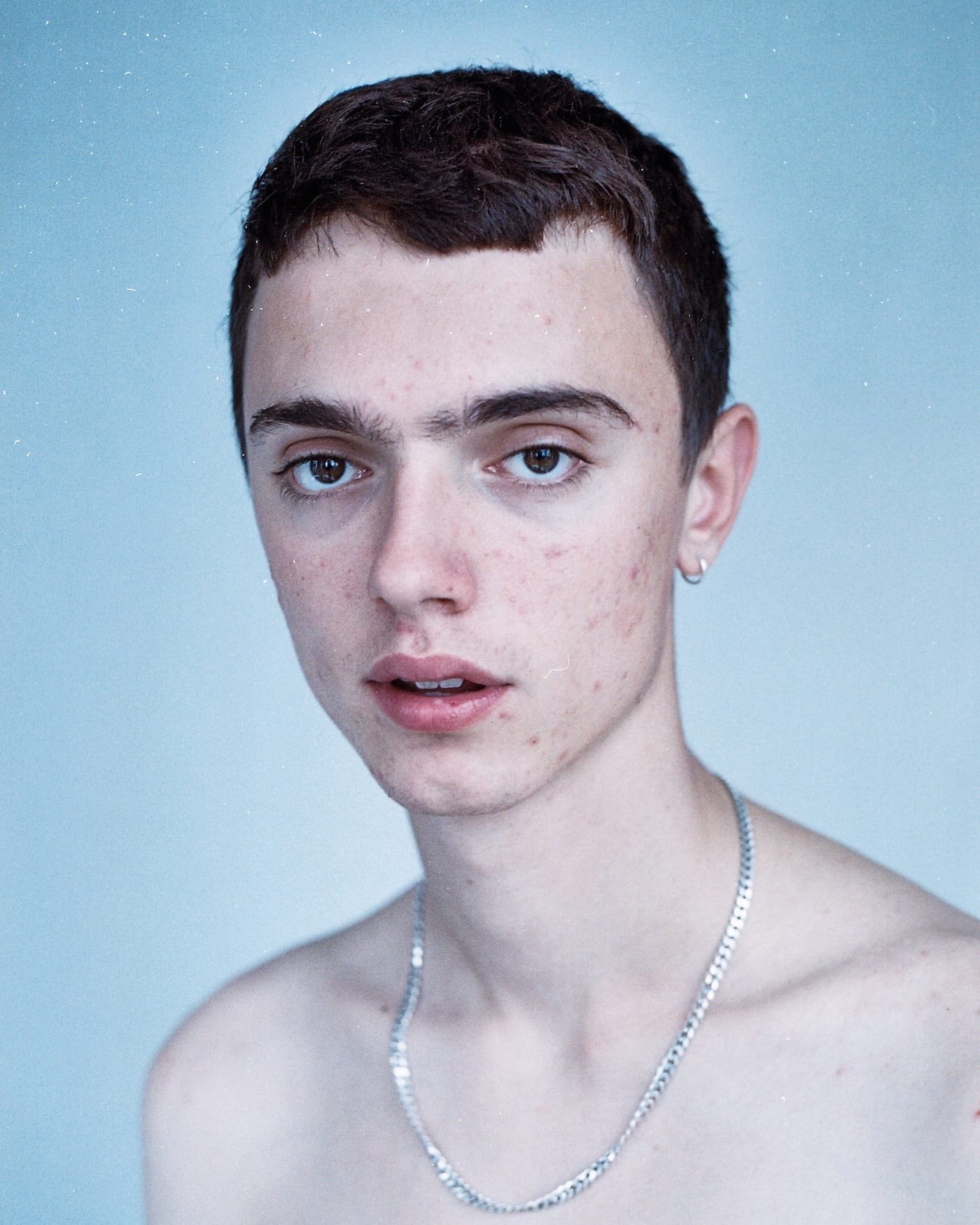
When and how did you first get into photography?
I wasn’t supposed to get into photography. I was 15, doing my GCSEs, and I had to pick subjects for my AS-Levels. I had no prior background in the arts and I chose all academic subjects. I was later told that Anthropology, one of the subjects that I had picked, had been taken off the curriculum and I had to select another subject. Photography sounded the least boring so I reluctantly chose it. At that point in my life I thought I was going to become a computer programmer.
My teachers opened me up to the world of photography. Once I got the hang of film photography, and realised how much creative control you can have with film, I never looked back. This, with the help of my friends in the class, inspired me to shoot more and use photography as a tool to express myself and learn more about different people.
What appeals to you about portraiture?
The connection that you share with the person you are shooting is so precious and special. For somebody to open up in front of you and be themselves without fear or judgement (with or without a camera present) is truly beautiful, especially in a world where everybody is putting on a mask or persona in an effort to appeal to others. With portraiture I feel I can capture that organic moment.
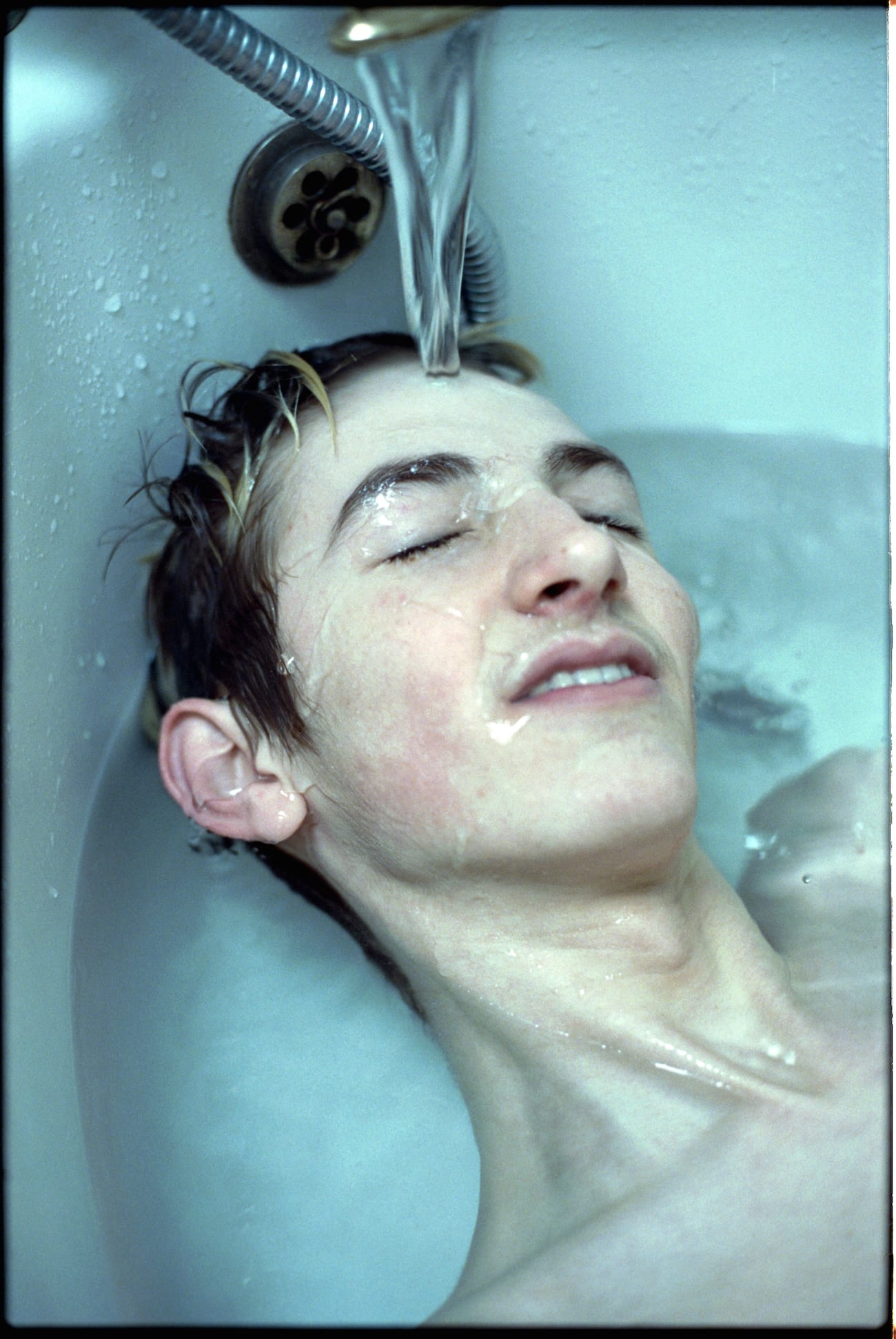
In your photography you seek to bring out sensitivity and vulnerability in people. How do you work with your subjects in order to achieve this?
The camera comes last, that is one of the most important things I’ve learnt about photography. Talking to your subject, building a mutual trust, getting to know them and letting your own guard down are all vital in encouraging somebody to show their vulnerability. It is of course different for every person. When I shoot my close friends, it is easier as I’ve had years of building trust with them.
My favourite shoot was with a good friend who was going through a tough time. We spent an hour talking to each other in an elevator about life and love before I began taking photos. We had built up this beautiful connection during that conversation – while he was in such a sensitive and vulnerable state – and that extended into the shoot. When I got the roll of film back, every frame was perfect. The atmosphere inside that elevator was perfectly painted onto the negative.
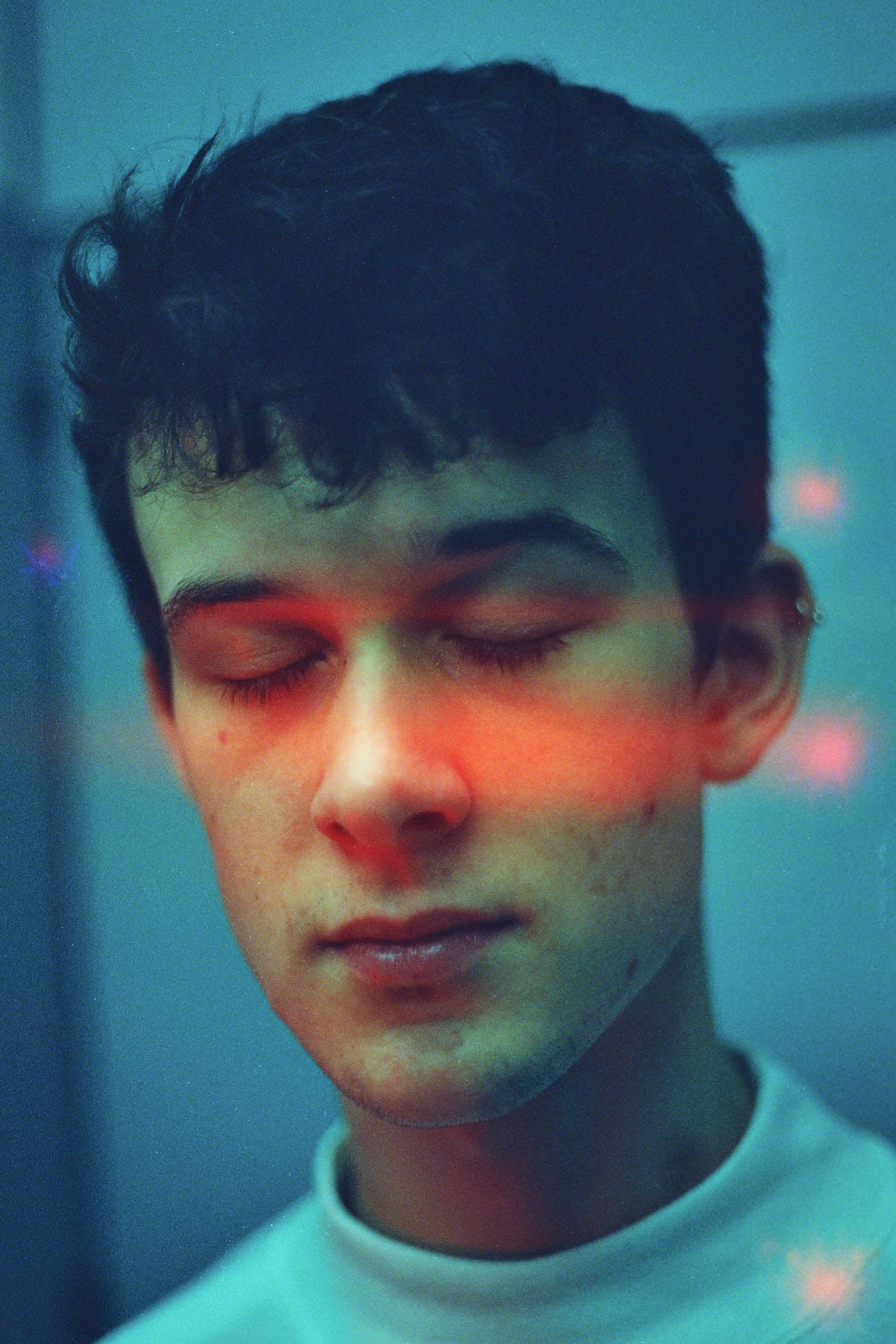
Why were you interested in exploring masculinity?
Growing up, boys are always told and conditioned to act a certain way: not to cry or show emotion. This can have a devastating effect on men. Often they don’t talk about their feelings or reach out when they are feeling depressed because it is taboo to do so. I am passionate about changing this.
The models in Tungsten were male school friends. Arguably the pressure to appear masculine is at its greatest while at school. Was photographing your friends in a vulnerable light difficult to achieve?
As Tungsten was an A-Level project, I only had a few months to start and finish it. This meant that I had to be selective with who I photographed. The models were my good friends, so I knew it would be easier for them to open up to me, I also knew that given time, and by having the right conversations with them, they would be themselves in front of the camera. When introducing my friends to the project I kept it really vague; the last thing I wanted was to tell to them how to feel so they would act for the camera. It had be natural. By building up a trust before and during the shoot, their organic and beautiful selves naturally came to the fore.
Shooting on film also allowed me to get closer to them. In today’s digital world, an image can be captured on a digital camera and uploaded for the world to see in a matter of seconds. By shooting on film, neither of us could see the image and this removed any anxiety from my subject so they wouldn’t break focus during the shoot. I did make a point of privately showing the images from the shoot to the model after they were developed to make sure they were happy with them going into a book.
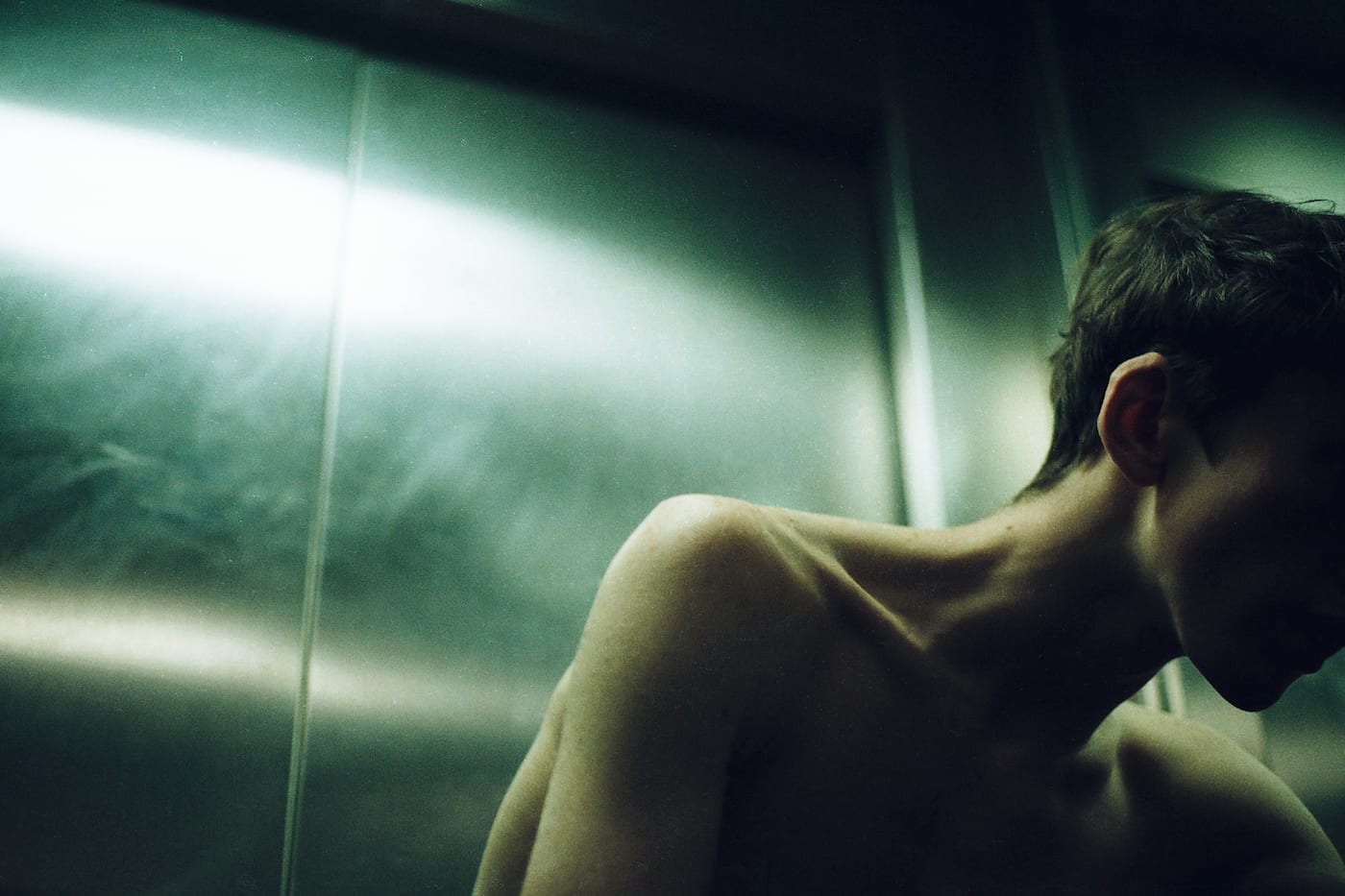
Your photographs tend to be of young people. What draws you to photographing this demographic?
As a teenager, the vast majority of my friends are around my age (17 – 25) so that demographic is easily available for me to photograph. After reading Ryan McGinley’s book The Kids Were Alright and Larry Clark’s The Perfect Childhood, I realised that this late adolescence stage in my life is special and won’t last long. It is at this point in our life when we have lots of time and energy to go and have fun and discover ourselves before we enter the real world. It therefore feels even more important to capture it now.
What do you like about Laura Pannack’s work?
I admire Laura’s down-to-earth, sensitive and respectful approach to her subjects. Laura gave a talk at London College of Communication in October and I was really intrigued by her Young British Naturists project. Nudity is something that is still taboo in our society, so I was fascinated to learn about a group of people who go against the norm. She mentioned that it was a challenge, as she was coming in as an outsider, but after spending a long time getting to know the young people and building a connection they opened themselves up. I admire this patience a lot. I was also really drawn to her Young Love project. Her being invited to capture this intimacy between the couples must have been an honour.
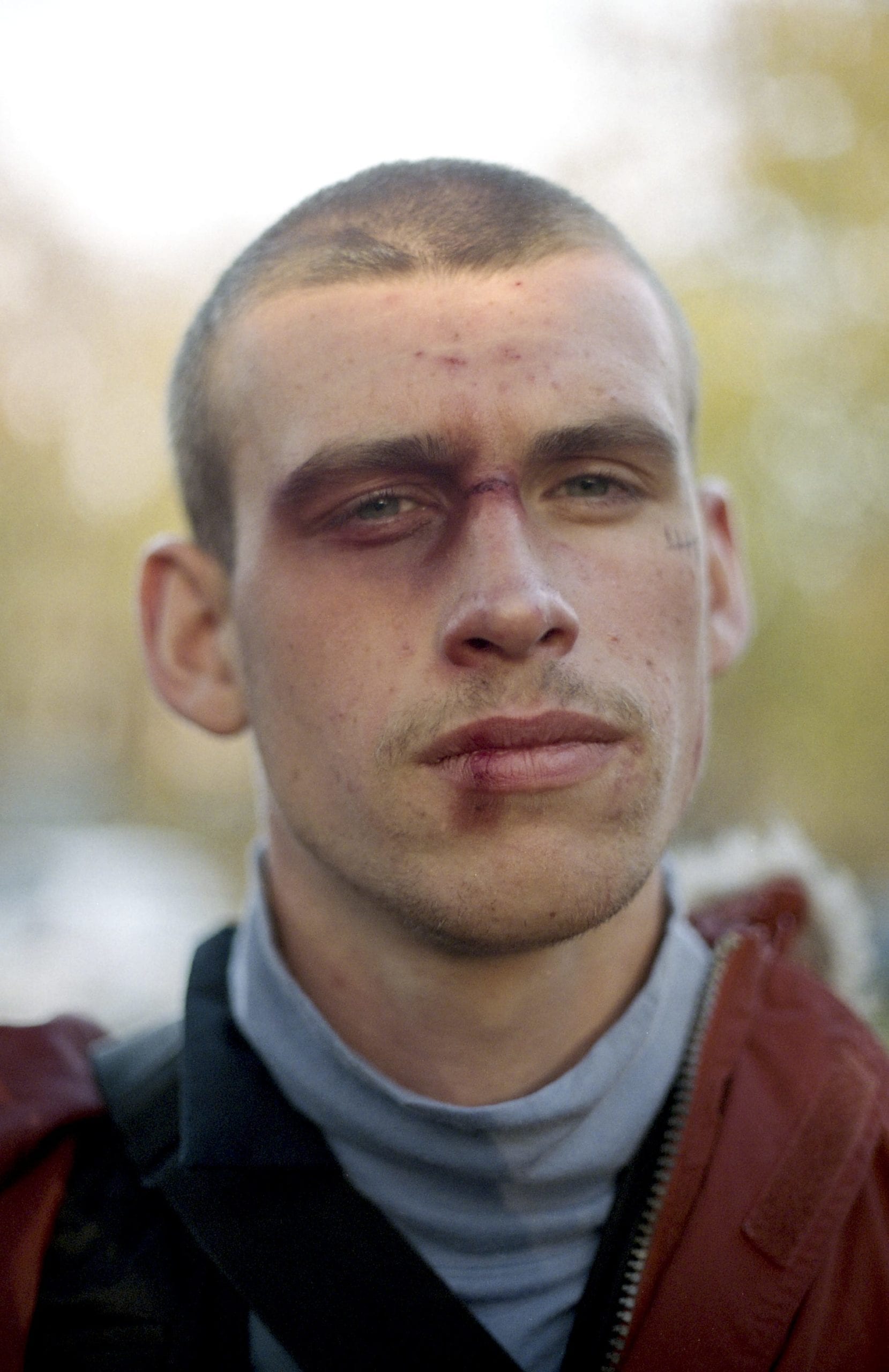
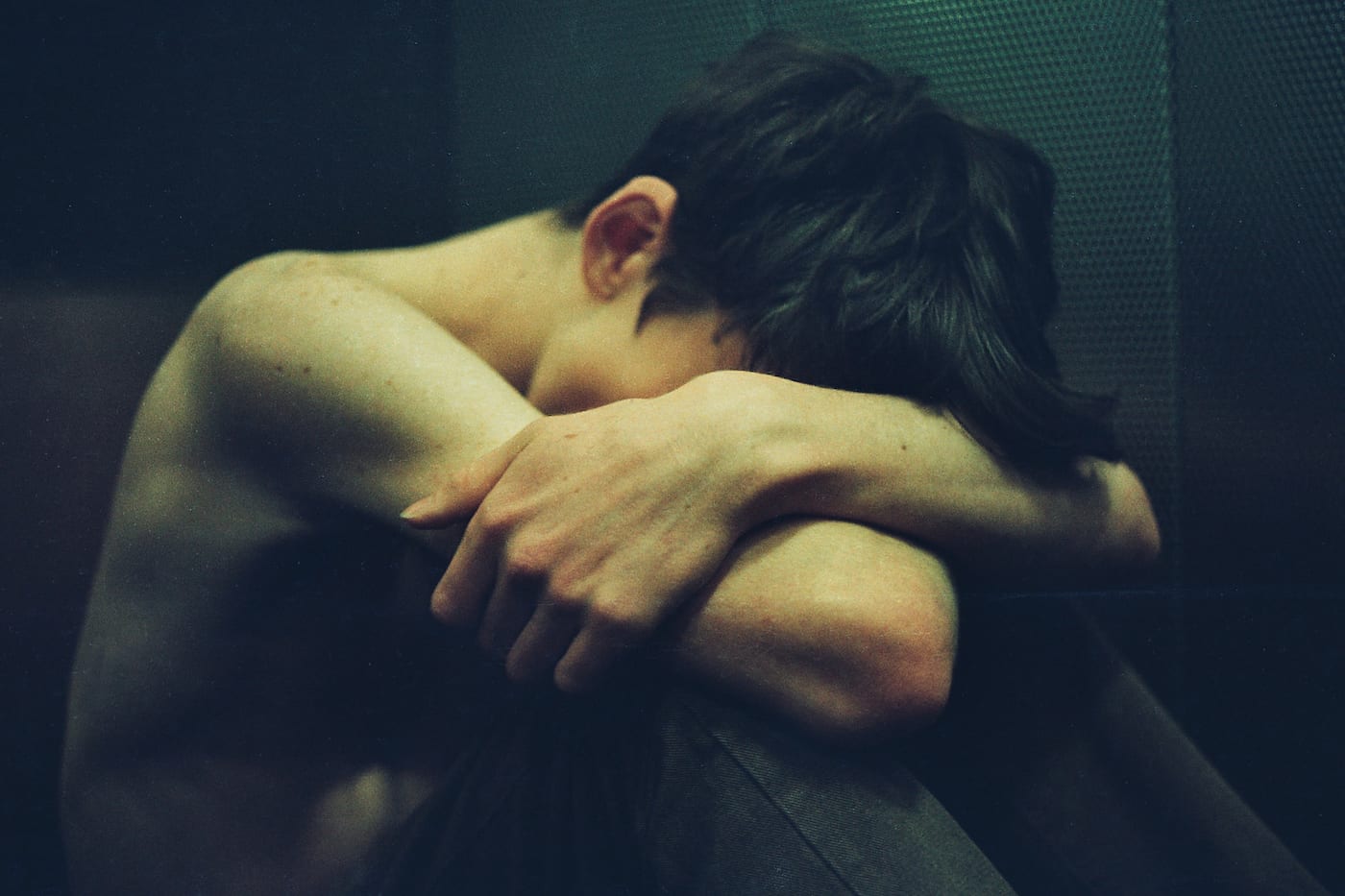
Separation is made possible with the generous support of Affinity Photo for iPad. Please click here for more information on sponsored content funding at British Journal of Photography.
